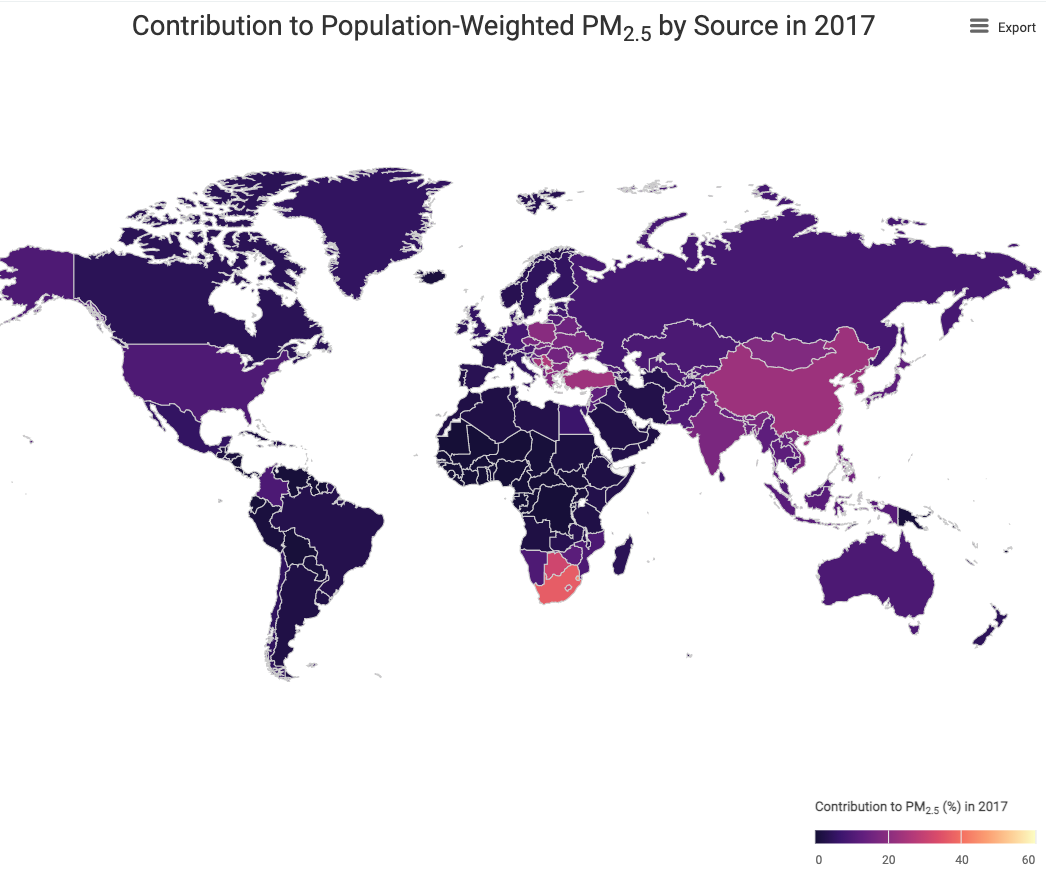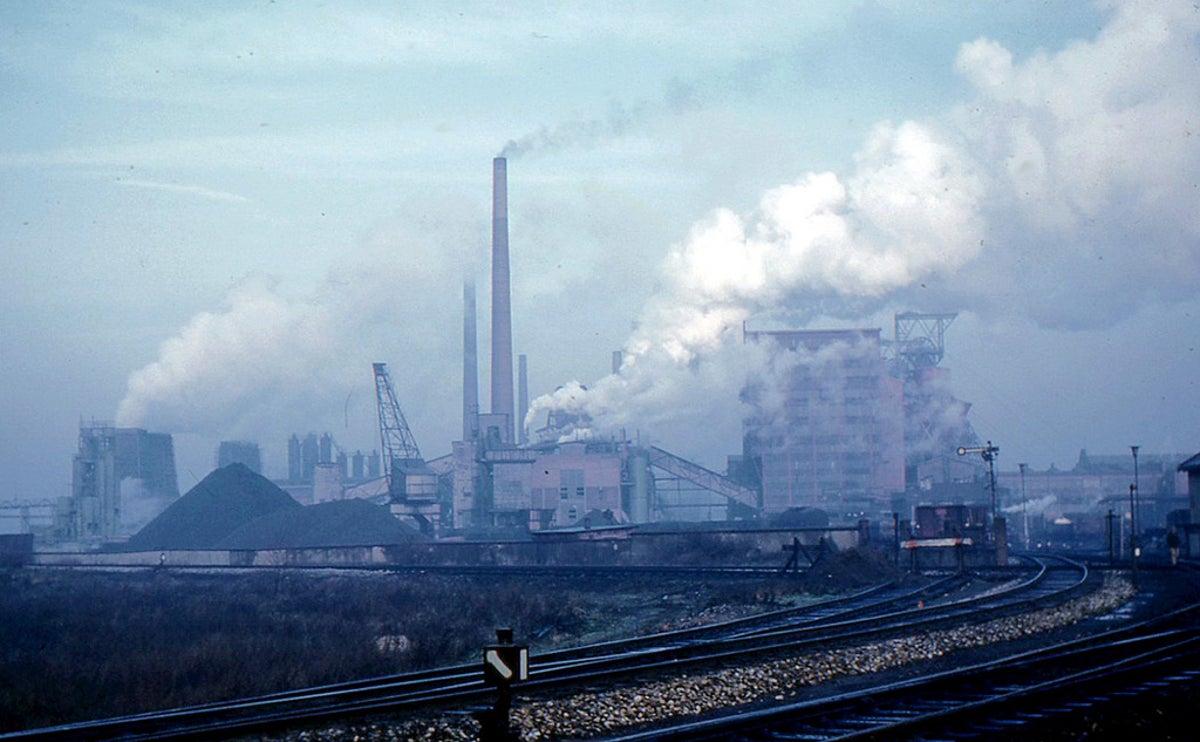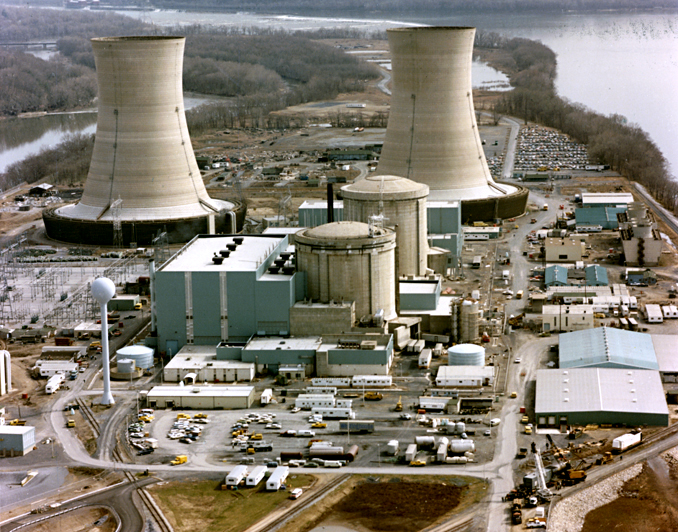Weatherman2020
Diamond Member
Who needs humans and Eagles, anyway?
In the early hours of Feb. 1, one of the spinning blades on a turbine at Portland General Electric’s Biglow Canyon wind farm in Sherman County launched into the night.
The 135-foot piece of fiberglass, wood and metal weighs more than seven tons.
It flew the full length of a football field.
An investigation by The Oregonian/OregonLive has found that the seemingly isolated incident, which has not been publicly reported until now, is part of a pattern of maintenance problems that have undercut production at PGE’s flagship wind farm, shortchanged ratepayers and landowners, and put those who cultivate wheat under the turbines – and their cropland itself – at risk.

In the early hours of Feb. 1, one of the spinning blades on a turbine at Portland General Electric’s Biglow Canyon wind farm in Sherman County launched into the night.
The 135-foot piece of fiberglass, wood and metal weighs more than seven tons.
It flew the full length of a football field.
An investigation by The Oregonian/OregonLive has found that the seemingly isolated incident, which has not been publicly reported until now, is part of a pattern of maintenance problems that have undercut production at PGE’s flagship wind farm, shortchanged ratepayers and landowners, and put those who cultivate wheat under the turbines – and their cropland itself – at risk.







